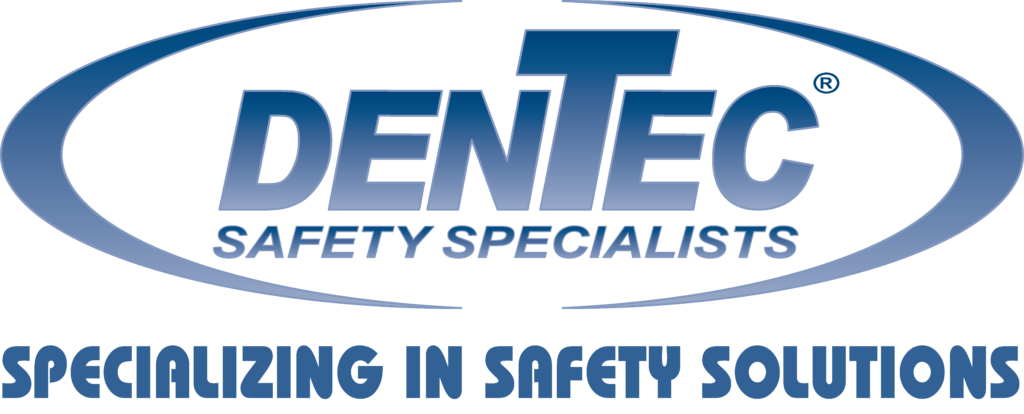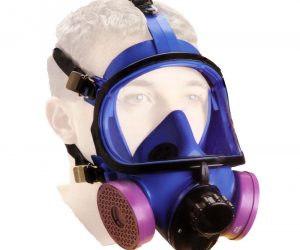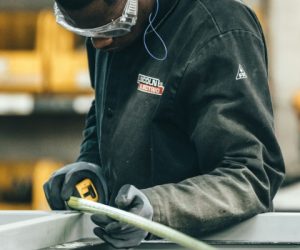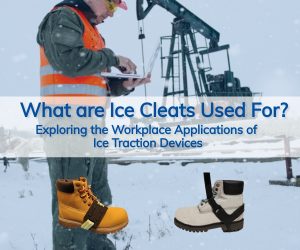“Deet”: N-diethyl m-toluamide
- Has been used since 1954 in Insect Repellents.
- Is used in virtually all Repellents as the ACTIVE*
** Active Ingredients: The Ingredients that make a Product Perform. - EPA approved as safe for humans in repellents.
- Emits a Vapour Shield 2″-3″ Above Sprayed Area.
- Repels Insects by severely irritating their outer body.
- In higher concentrations generally repels insects longer.
- DEET: Using the latest health protection standards, DEET was re-evaluated in 2001 to ensure continued acceptable use and extra protection for children. DEET-based repellents at various concentrations offer different protection times. Examples of protection times based on DEET concentration are as follows:
- 30% – 6 hours
- 15% – 5 hours
- 10% – 3 hours
- 5% – 2 hours
Canadian PMRA Regulations
As of August 2002, manufactures of insect repellents can no longer produce product as per the following:
- Maximum amount of DEET used of 30%.
- Cannot use MGK@264 – Insecticide Synergist (N-octyl bicyloheptene dicarboximide).
- Cannot use MGK@ Repellent 326 (Di-n-propyl isocinchomeronate).
- Products that combined sunscreen with insect repellent.
Children under 6 months of age
- DO NOT use personal insect repellents containing DEET on infants.
Children aged 6 months to 2 years
- In situations where a high risk of complications from insect bites exist, the use of one application per day of DEET may be considered for this age group.
- The least concentrated product (10% DEET or less) should be used.
- As with all insect repellents, the product should be applied sparingly and not be applied to the face and hands.
- Prolonged use should be avoided.
Children between 2-12 years of age
- The least concentrated product (10% DEET or less) should be used.
- Do not apply more than three times per day.
- Prolonged use should be avoided.
Choosing A Product
- Choose a product that meets your needs. For example, if you plan to be outdoors for a short period of time, choose a product with a lower concentration of repellent and repeat application only if you need a longer protection time.
- Use only personal insect repellents that are registered in Canada. They have a registration number granted under the Pest Control Products Act (P.C.P.) and are labelled as insect repellents for use on humans. Never use a product labelled as an insecticide on your body.








